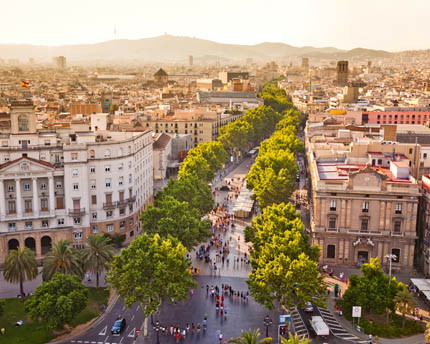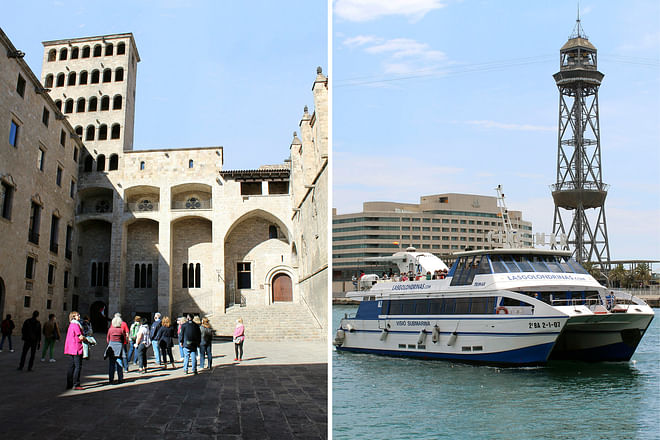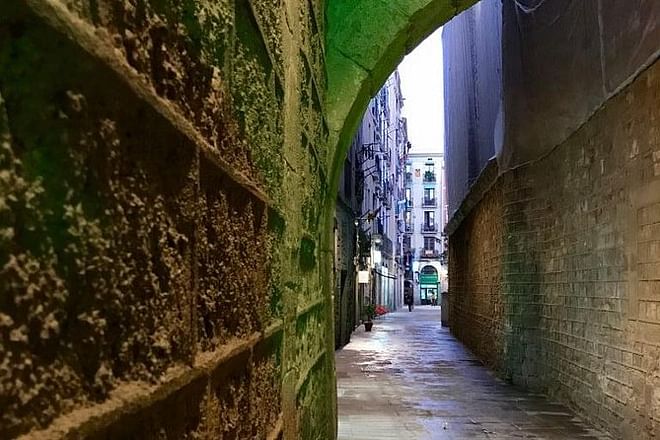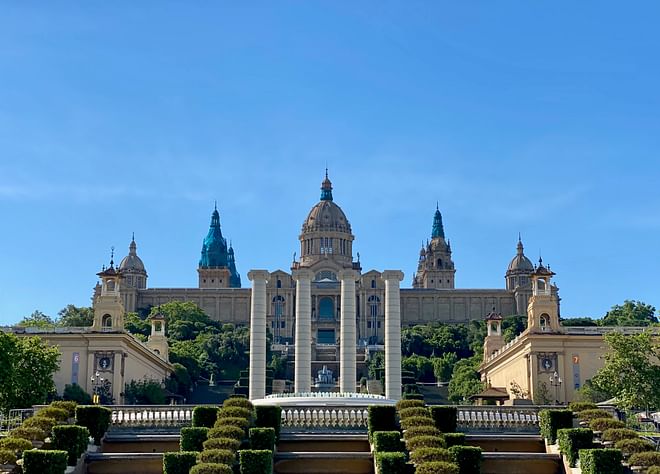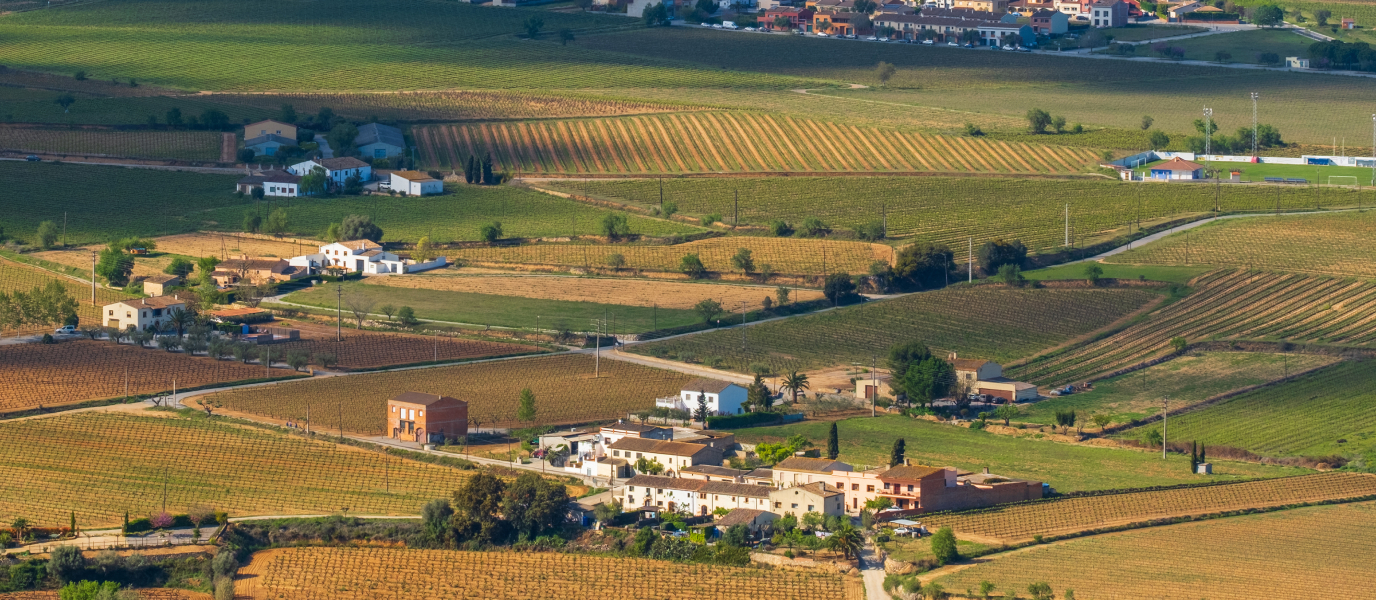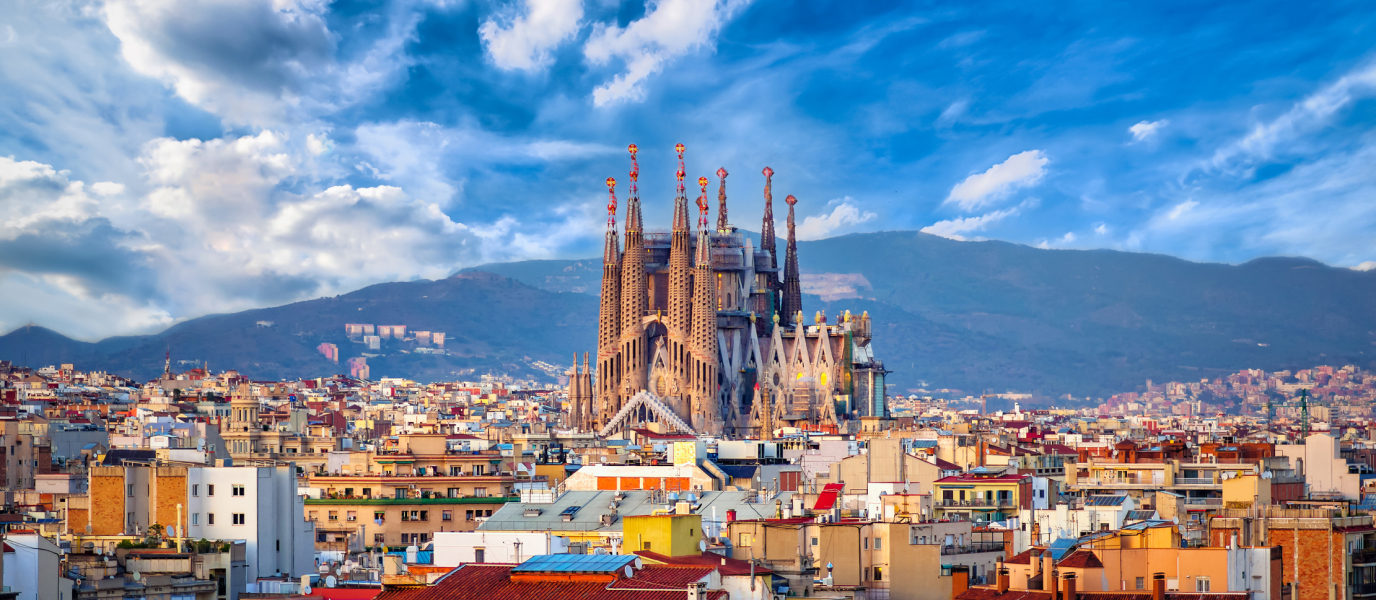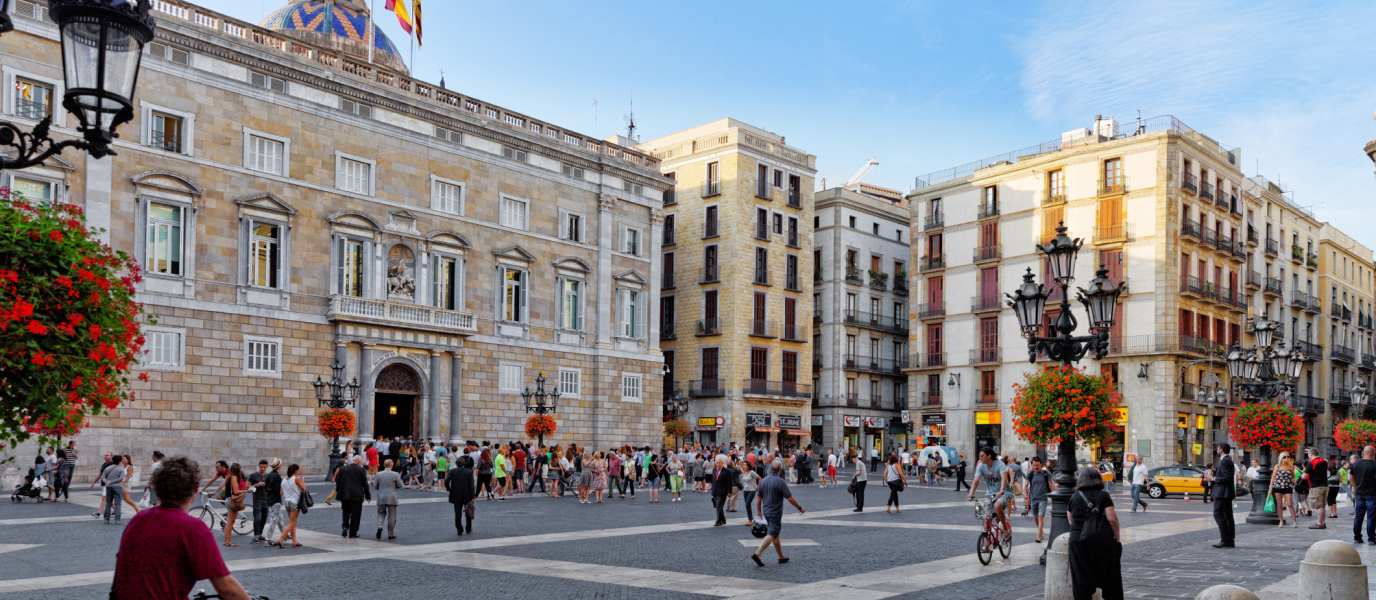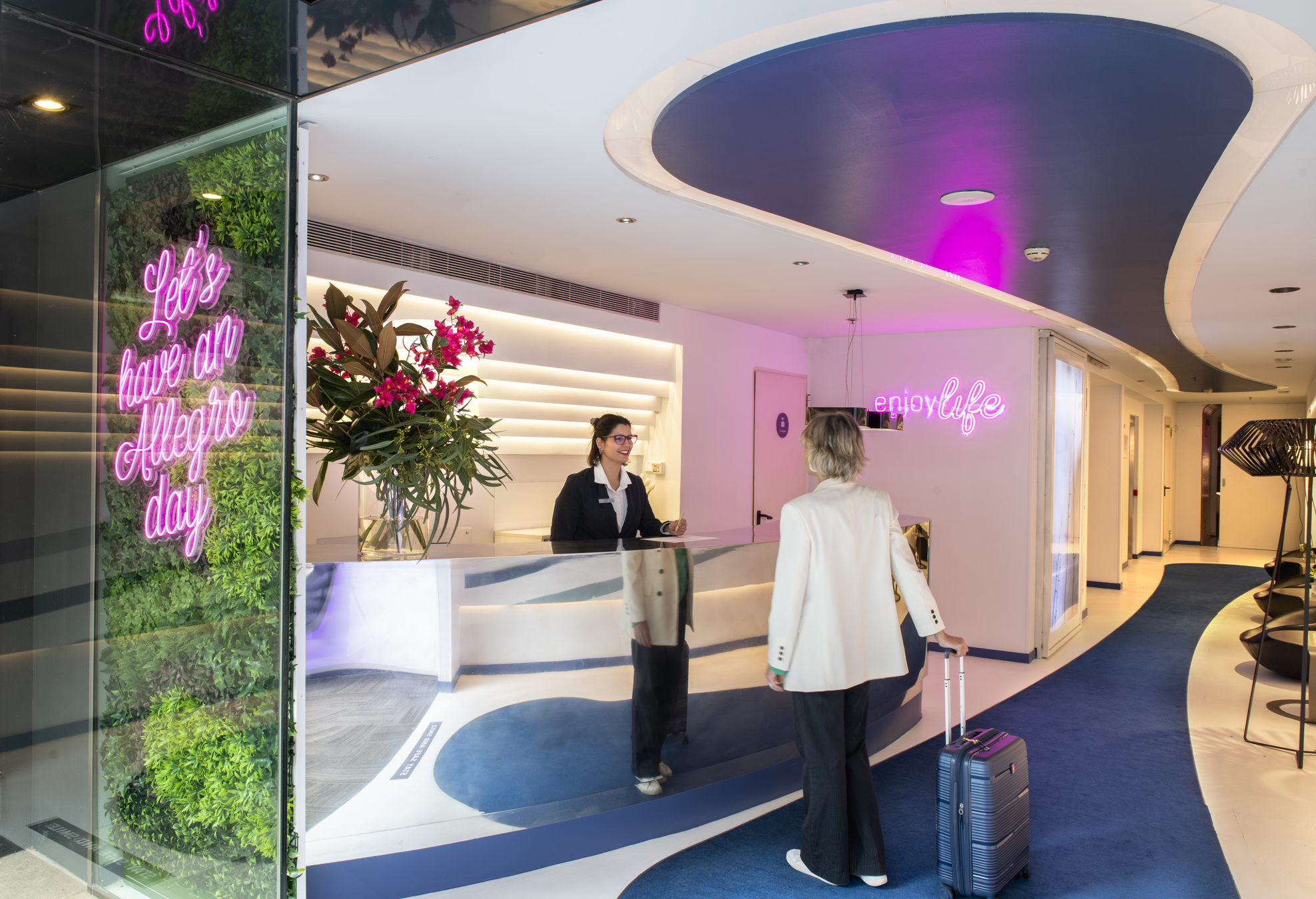If you want to get the feel of such a cosmopolitan city as Barcelona you should go to La Rambla, the boulevard that runs from the Plaça de Catalunya to the Port Vell (the old port). In less than a mile you will walk the length of a broad pedestrian street where locals and visitors mingle, street performers enliven the atmosphere with their music and street stalls tempt you to stop and browse from time to time. The boulevard is divided into several sections and this is why many know its name in the plural as Les Rambles. This means you can stroll along the Rambla de Canaletes, the Rambla dels Estudis, the Rambla de Sant Josep (also known as the Rambla dels Flors), the Rambla dels Caputxins (also known as the Rambla del Centre) and the Rambla de Santa Mònica.
Related experiences
Age-old and always full of life
To trace the boulevard’s origins we must go back to Roman times when ancient Barcino (as the city was known at the time) was built between two seasonally-dry watercourses: the Torrent de l’Olla and Sant Miquel (the current-day Rambla). In fact that is what the name ‘rambla’ refers to: the bed of a torrent of water that only forms when it rains heavily or snow thaws. When dry, this improvised track was used by peasants and herdsmen to travel from one place to another. In the Middle Ages, with the construction of the outer city walls (the murallas del Raval), the watercourse was diverted and these pathways were used for other purposes, which may well have been the origin of Les Rambles as a boulevard.
At first little frequented, in the fifteenth century this became an area where people would walk, with places that attracted people’s attention such as the Plaça de la Boqueria where public executions took place, which was seen as a festive event. Over time, as the city became increasingly overcrowded, this area became an alternative site on which to build religious edifices and mansions such as the Palau de la Virreina and the Palau Moja. During the war between the Carlists and Liberals many of these convents were burned down and others were subsequently confiscated. But it was not all bad, since the expropriated land was used to build such emblematic buildings as La Boqueria market or the Liceu opera house.
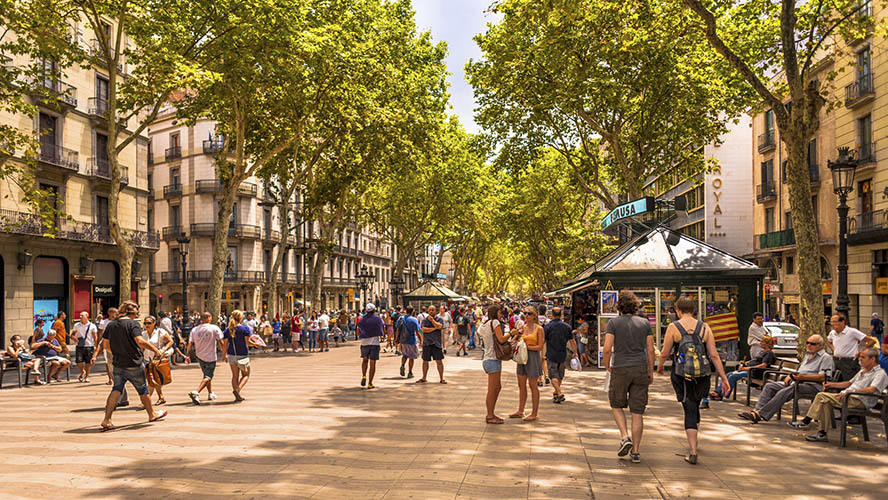
Another pivotal moment that also contributes to the personality of La Rambla was the planting in 1836 of the plane trees that were to provide the boulevard with shade. The sale of flowers also began, which is something that we also identify as a feature of this spectacular boulevard. In more recent times, La Rambla attracted the attention of the city’s Bohemians, and many distinguished figures frequented it in their quest for inspiration. Some of these artists even left their mark, such as Antoni Gaudí, who designed the Palau Güell and the street lamps in the Plaça Reial, and García Lorca, whose play Doña Rosita la soltera o el lenguaje de las flores [Doña Rosita the Spinster or the Language of the Flowers] took its inspiration from the Rambla flower sellers.
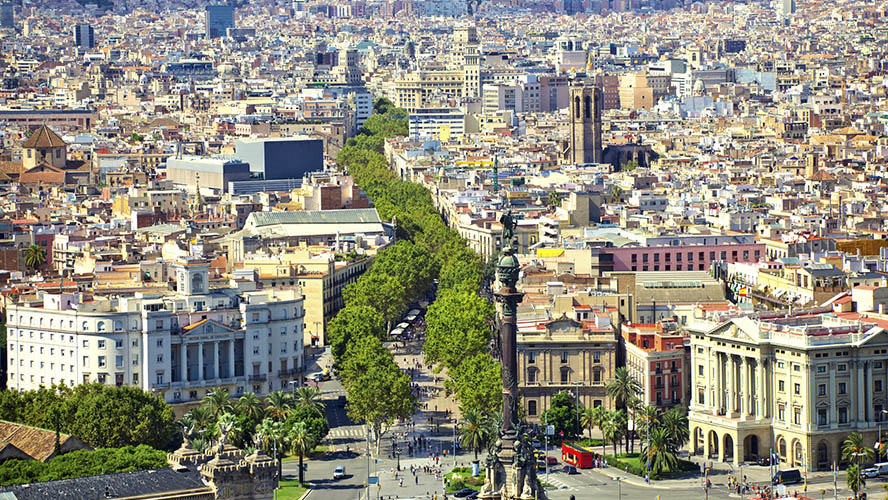
The Font de Canaletes and other features of La Rambla
This bustling boulevard that is full of life around the clock can also be a source of inspiration for travellers visiting Barcelona. As well as strolling along, buying flowers or stopping for refreshment at the cafés along each side of the street, there are also many attractions to visit close by. Starting at the Plaça de Catalunya you can see the iron Font de Canaletes drinking fountain where FC Barcelona football fans traditionally celebrate their team’s victories.
The lively atmosphere of the historic La Boqueria Market makes visiting it a must. It is a good idea to get there early to be able to enjoy it at its most authentic before the tourists arrive. It is a good place to find local products and to have a mid-morning tapa or two. If you are a culture lover, do not miss the opportunity to attend a performance at the Gran Teatre del Liceu, where the best tenors in the world have sung. Just opposite is the Café de L’Ópera de Barcelona, where you can take a leap back in time and sense the atmosphere of the café society that was in vogue at the beginning of the twentieth century.
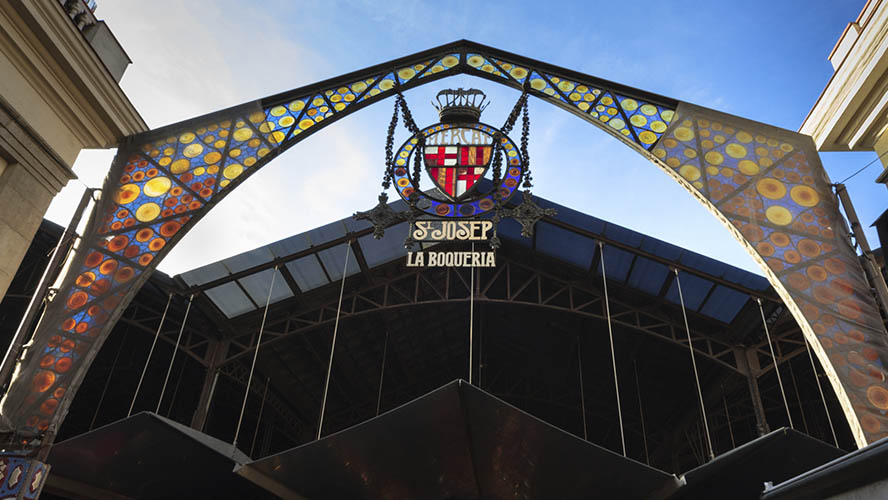
Some of the buildings that will catch your eye in La Rambla and deserve a closer look are those of the Royal Academy of Sciences and Arts of Barcelona, which owes its modernist features to the architect Josep Domènech i Estapà. Along the street on the corner is one of the oldest shops, the Farmacia Nadal, the outside of which is decorated with beautiful polychrome mosaics. Other commercial premises whose façades and symbology catch the eye are Casa Beethoven, which sells sheet music, and Casa Bruno Cuadros, where the ground floor was once an umbrella shop and now houses the branch office of a bank. Also very striking is the Palau de la Virreina, so called because a viceroy had it built on his return to Spain from Peru. It is now a venue for temporary art exhibitions, so its central courtyard is open to the public.
Although not right on the Rambla, the Palau Güell, one of the first residential buildings that Gaudí designed in Barcelona, is worth a visit. And undoubtedly not to be forgotten are Miró’s pavement mosaic and, at end of the boulevard, the monument to Christopher Columbus, which has a lift inside the column that takes visitors up to the mariner’s feet where they can enjoy a panoramic view of the city.
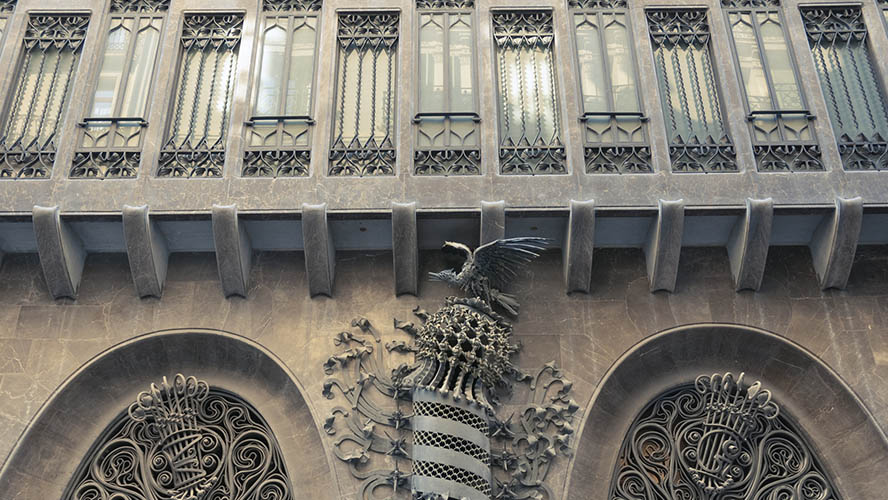
Museums near La Rambla
If strolling along the boulevard is a cultural eye-opener, so too is a visit to museums that can be found nearby. The first of these, the Museum of Eroticism, is one of the most original, and it can be an entertaining experience to visit it because it is so unusual. Marilyn Monroe is there to greet you outside in her flimsy white dress, and inside you will find a collection of more than 800 sex-related items. Then there is the Wax Museum, which houses the spirits of dozens of historic figures. You will be surprised at how realistic they are.




































































